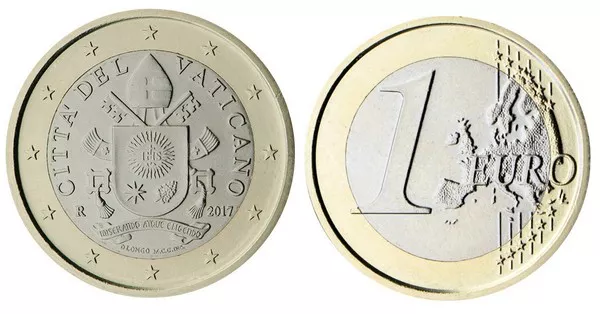The Introduction of the Euro
In January 1999, the euro was introduced as a virtual currency for accounting purposes, allowing businesses and financial institutions to prepare for its physical introduction three years later. On January 1, 2002, the euro became the official currency of twelve European Union (EU) member states, including Austria, Belgium, Finland, France, Germany, Greece, Ireland, Italy, Luxembourg, the Netherlands, Portugal, and Spain. Today, the euro is used by nineteen EU member states, and it has become one of the most powerful currencies in the world.
The Benefits of the Euro
The introduction of the euro brought many benefits to Europe, including increased trade and investment, reduced transaction costs, and greater price transparency. Prior to the euro, businesses had to deal with multiple currencies, which made cross-border transactions more expensive and time-consuming. With the euro, businesses can now operate across borders with ease, allowing for increased trade and investment across the region.
Additionally, the euro has also led to greater price transparency within the EU. Before the euro, prices varied widely between countries due to exchange rate fluctuations and other factors. With the euro, prices are now more comparable, making it easier for consumers to shop around and find the best deals.
The Economic Impact of the Euro
Since its introduction, the euro has had a significant impact on the economies of the member states that use it. One of the key benefits of the euro is that it has provided a stable platform for economic growth and development. By eliminating exchange rate fluctuations, businesses can plan and invest with greater certainty, leading to increased economic activity and job creation.
Furthermore, the euro has also helped to promote price stability and control inflation. The European Central Bank (ECB), which is responsible for managing the euro, has a mandate to maintain price stability and keep inflation under control. By having a single monetary policy for all member states, the ECB can respond quickly to changes in the economy and prevent inflation from spiraling out of control.
The Challenges of the Euro
While the euro has brought many benefits to Europe, it has also faced its fair share of challenges. One of the biggest challenges has been managing the divergent economic policies of the member states that use the euro. Unlike the United States, which has a single federal government and monetary policy, the EU consists of multiple sovereign states with different economic policies and priorities.
This has led to tensions between member states, particularly during times of economic crisis when some member states require financial assistance from others. The 2008 global financial crisis and the subsequent European debt crisis highlighted these tensions, and there were concerns at one point that the eurozone might break up entirely.
The Future of the Euro
Despite its challenges, the euro remains a powerful symbol of European unity and integration. Today, nineteen EU member states use the euro as their official currency, and more countries are expected to join in the future. In fact, several non-EU countries, such as Montenegro and Kosovo, have unilaterally adopted the euro as their currency.
Looking ahead, the euro faces a number of challenges, including continued economic divergence between member states, rising nationalist sentiment across Europe, and the potential for external shocks such as Brexit or a global recession. However, as long as EU member states remain committed to the project of European integration, the euro will continue to play a central role in the region’s economic and political landscape.
Conclusion:
In conclusion, the introduction of the euro has had a profound impact on Europe over the past two decades. It has brought increased trade and investment, greater price transparency, and a stable platform for economic growth. While the euro has faced its fair share of challenges, it remains a powerful symbol of European unity and integration. As Europe continues to evolve and change in the coming years, the euro will undoubtedly play a central role in shaping the region’s economic and political landscape.
Related topics:


